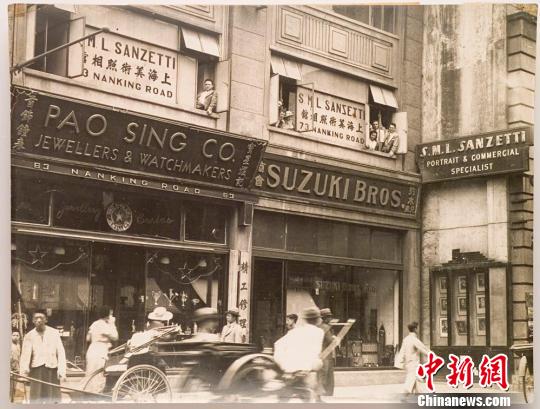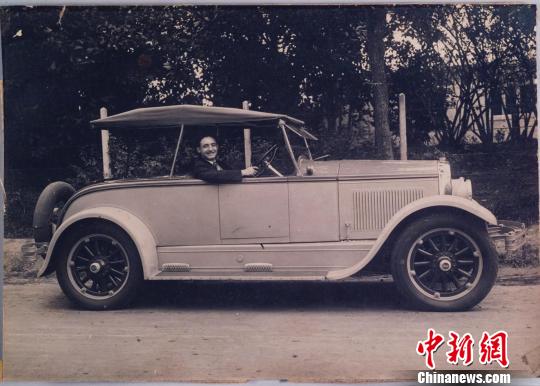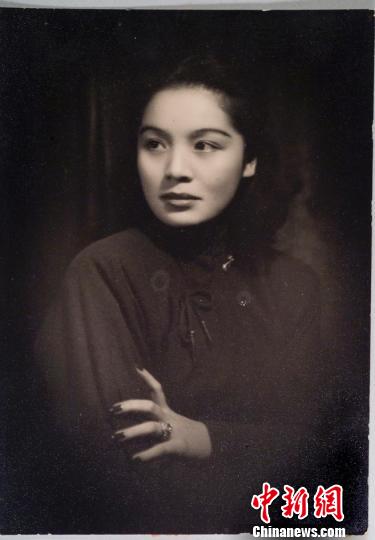Shanghai (CNS) -- Over 200 photos, taken by Jewish photographer Sam Sanzetti, from the 1920s to the 1950s, triggered nostalgic feelings among Shanghai residents, who are recalling the beauty of the city during one of its most glorious periods.
The Israeli Consulate in Shanghai recently posted some old photos of Shanghai on Sina Weibo, a Chinese microblog, to see if netizens can help identify those who were featured. The consulate plans to hold an exhibition of the pictures.
"So far, no one in the photos has contacted us. I hope more media exposure can bring us good news, as there is no deadline for the clue hunting," said Chen Yuan, the consulate press officer.
Within a little over a day since the photos were publicized, a large number of netizens have commented on and forwarded the photos. One picture of a young woman, in particular, was forwarded for more than 4,400 times and received over 1, 500 comments.
Sanzetti, one of the best photographers in China at the time, arrived in Shanghai in 1922 and had been running his studios dedicated to portraits of city people until he moved to Israel in 1957. His camera has captured the faces of people from all walks of life: beautiful ballet dancers, adorable babies, and happy newlyweds.
These precious records of old Shanghai were not rediscovered until he passed away in 1986. He had been hoping, for a long time, to hold an exhibition of the photos but could not do so because he was not able to verify the identifications of people in his photos.
Looking at these photos on the Internet, Shanghainese cannot but recall their prime years and deceased seniors. Some even suggested the display be held in Hong Kong and Taiwan, where Shanghai families at that time might have moved.





















